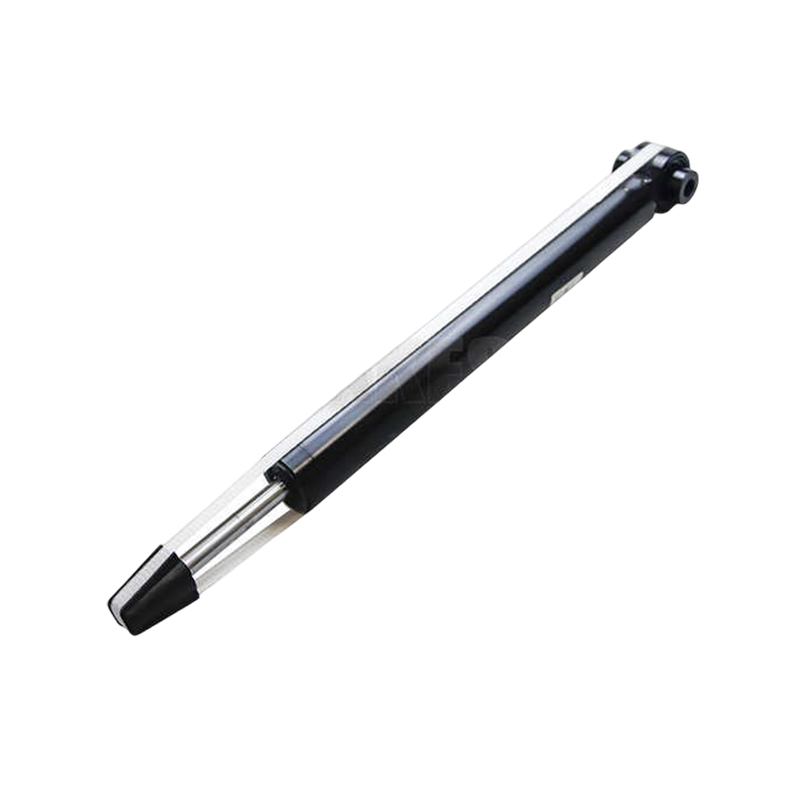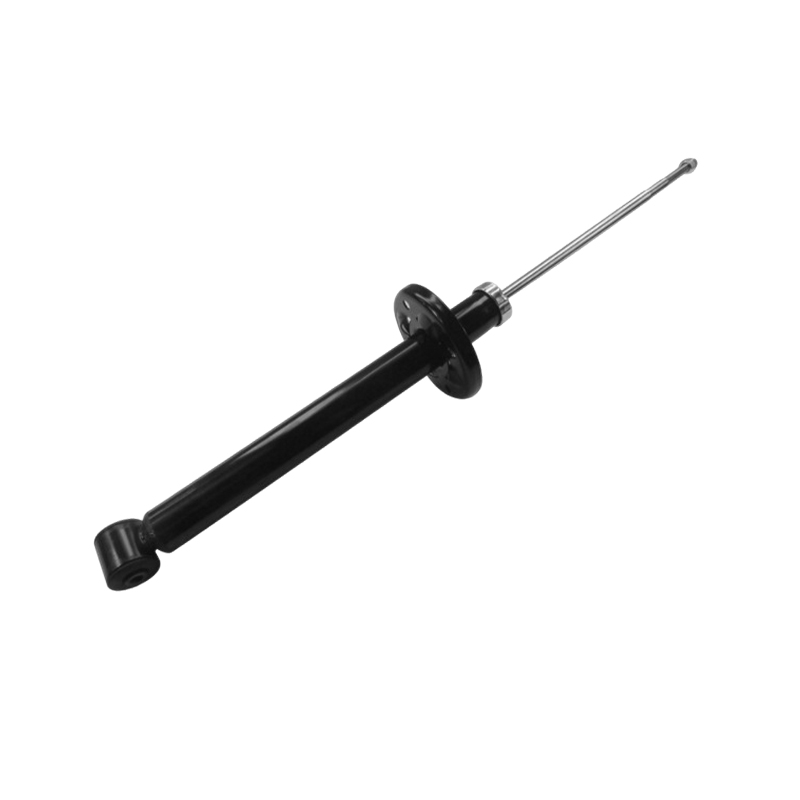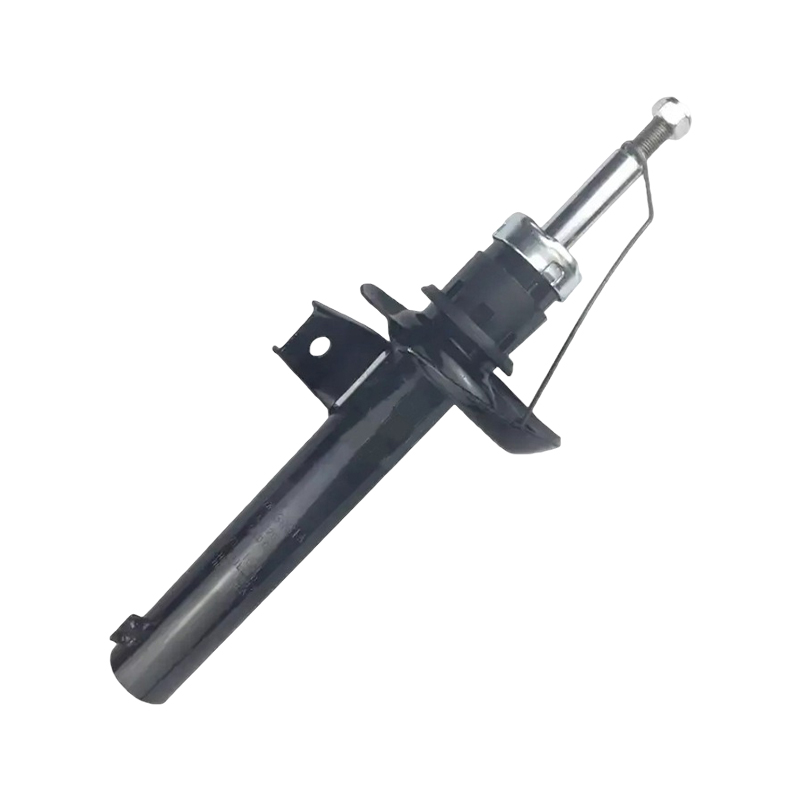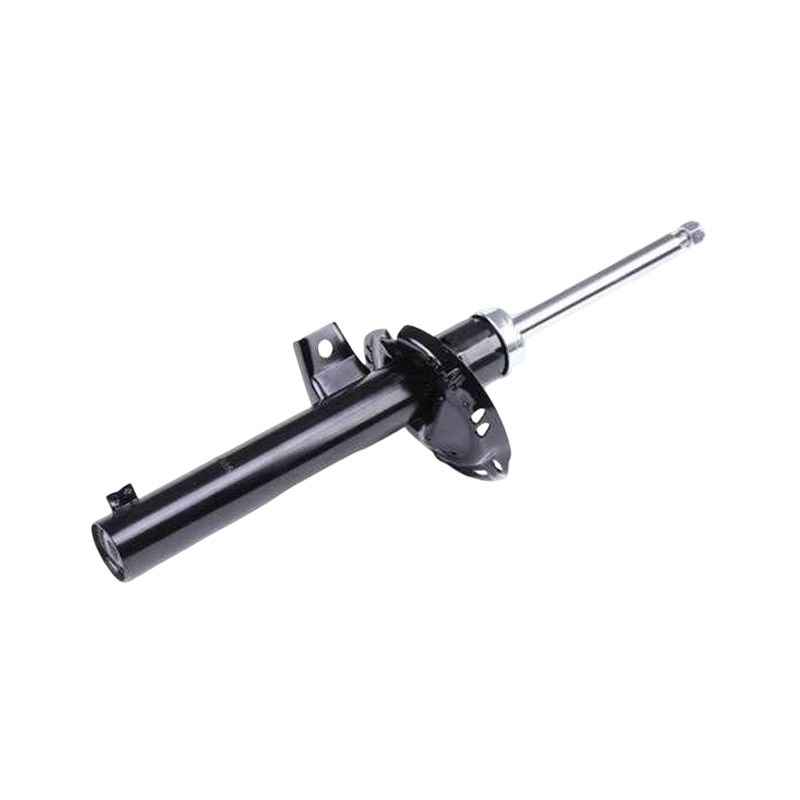How do automotive shock absorbers improve ride comfort?
Release Time : 2025-08-13
In modern automotive design, ride comfort has become a key quality criterion. As a key component influencing the driving experience, the role of automotive shock absorbers cannot be underestimated. They not only effectively absorb and cushion impacts from the road, but also significantly improve vehicle handling and safety.
1. Reducing Bumpiness
During driving, vehicles constantly encounter various road conditions, including potholes, speed bumps, and uneven surfaces. These irregularities can cause vibrations to the vehicle body, causing discomfort to passengers. High-quality shock absorbers can quickly respond and absorb these vibrations, keeping the vehicle body stable and reducing the perceived bumps. This excellent shock absorption makes the journey more comfortable, especially during long journeys or frequent stop-and-go driving in urban areas.
2. Optimizing Suspension System Performance
Shock absorbers work closely with the suspension system to provide an optimal ride experience. By adjusting the shock absorber's damping characteristics, the suspension system's response speed and strength can be modified, ensuring the vehicle maintains ideal balance under varying road conditions. For example, a firmer damping setting can improve vehicle stability when driving on the highway, while a softer setting can enhance comfort at lower speeds or when navigating bumpy roads. Some high-end models even feature adjustable shock absorbers, allowing drivers to adjust the settings on the fly based on personal preference or specific road conditions.
3. Reducing Noise Levels
In addition to physical vibration, road noise also affects ride comfort. Tires generate noise when rolling over rough surfaces, which is transmitted into the cabin through the vehicle's body structure. Well-designed shock absorbers can isolate this noise to a certain extent, creating a quieter cabin environment. Furthermore, some shock absorbers incorporate specialized sound-isolating materials or structures to further enhance noise reduction. A quieter cabin not only enhances the ride experience but also helps reduce driver fatigue.
4. Enhancing Handling Stability
While handling is often considered a driver's priority, it also significantly impacts passenger comfort. A vehicle with stable handling and precise steering delivers smoother cornering and hard braking, reducing the sense of jerkiness caused by roll or nose-diving. Advanced shock absorption technology effectively suppresses these undesirable movements, ensuring the vehicle maintains a stable stance in all conditions. This not only improves safety but also provides passengers with a greater sense of security and relaxation.
5. Adapting to Changing Road Conditions
Different road conditions place varying demands on shock absorbers. To cope with complex and changing road conditions, modern vehicles are often equipped with highly adaptable shock absorption systems. For example, some off-road vehicles feature air suspension combined with electronically controlled shock absorbers, which automatically adjust vehicle height and shock absorber firmness based on surface conditions. This intelligent design ensures a comfortable ride, whether on rugged mountain roads or smooth highways. For everyday family cars, even simple twin-tube hydraulic shock absorbers can achieve excellent comfort with proper adjustment.
6. Extending Component Life
High-quality shock absorbers not only improve the driving experience but also help extend the life of other related components. Because shock absorbers effectively absorb the majority of road impact forces, they reduce the energy transferred to the vehicle frame and other suspension components, thereby reducing wear on these components. In the long run, this means lower maintenance costs and higher vehicle reliability, indirectly delivering additional value to car owners.
In summary, automotive shock absorbers enhance driving comfort in a variety of ways. From reducing bumps and optimizing suspension performance to lowering noise levels and enhancing handling stability, to adapting to changing road conditions and extending component life, every detail contributes to providing users with a more comfortable, safe, and enjoyable driving environment.
1. Reducing Bumpiness
During driving, vehicles constantly encounter various road conditions, including potholes, speed bumps, and uneven surfaces. These irregularities can cause vibrations to the vehicle body, causing discomfort to passengers. High-quality shock absorbers can quickly respond and absorb these vibrations, keeping the vehicle body stable and reducing the perceived bumps. This excellent shock absorption makes the journey more comfortable, especially during long journeys or frequent stop-and-go driving in urban areas.
2. Optimizing Suspension System Performance
Shock absorbers work closely with the suspension system to provide an optimal ride experience. By adjusting the shock absorber's damping characteristics, the suspension system's response speed and strength can be modified, ensuring the vehicle maintains ideal balance under varying road conditions. For example, a firmer damping setting can improve vehicle stability when driving on the highway, while a softer setting can enhance comfort at lower speeds or when navigating bumpy roads. Some high-end models even feature adjustable shock absorbers, allowing drivers to adjust the settings on the fly based on personal preference or specific road conditions.
3. Reducing Noise Levels
In addition to physical vibration, road noise also affects ride comfort. Tires generate noise when rolling over rough surfaces, which is transmitted into the cabin through the vehicle's body structure. Well-designed shock absorbers can isolate this noise to a certain extent, creating a quieter cabin environment. Furthermore, some shock absorbers incorporate specialized sound-isolating materials or structures to further enhance noise reduction. A quieter cabin not only enhances the ride experience but also helps reduce driver fatigue.
4. Enhancing Handling Stability
While handling is often considered a driver's priority, it also significantly impacts passenger comfort. A vehicle with stable handling and precise steering delivers smoother cornering and hard braking, reducing the sense of jerkiness caused by roll or nose-diving. Advanced shock absorption technology effectively suppresses these undesirable movements, ensuring the vehicle maintains a stable stance in all conditions. This not only improves safety but also provides passengers with a greater sense of security and relaxation.
5. Adapting to Changing Road Conditions
Different road conditions place varying demands on shock absorbers. To cope with complex and changing road conditions, modern vehicles are often equipped with highly adaptable shock absorption systems. For example, some off-road vehicles feature air suspension combined with electronically controlled shock absorbers, which automatically adjust vehicle height and shock absorber firmness based on surface conditions. This intelligent design ensures a comfortable ride, whether on rugged mountain roads or smooth highways. For everyday family cars, even simple twin-tube hydraulic shock absorbers can achieve excellent comfort with proper adjustment.
6. Extending Component Life
High-quality shock absorbers not only improve the driving experience but also help extend the life of other related components. Because shock absorbers effectively absorb the majority of road impact forces, they reduce the energy transferred to the vehicle frame and other suspension components, thereby reducing wear on these components. In the long run, this means lower maintenance costs and higher vehicle reliability, indirectly delivering additional value to car owners.
In summary, automotive shock absorbers enhance driving comfort in a variety of ways. From reducing bumps and optimizing suspension performance to lowering noise levels and enhancing handling stability, to adapting to changing road conditions and extending component life, every detail contributes to providing users with a more comfortable, safe, and enjoyable driving environment.







